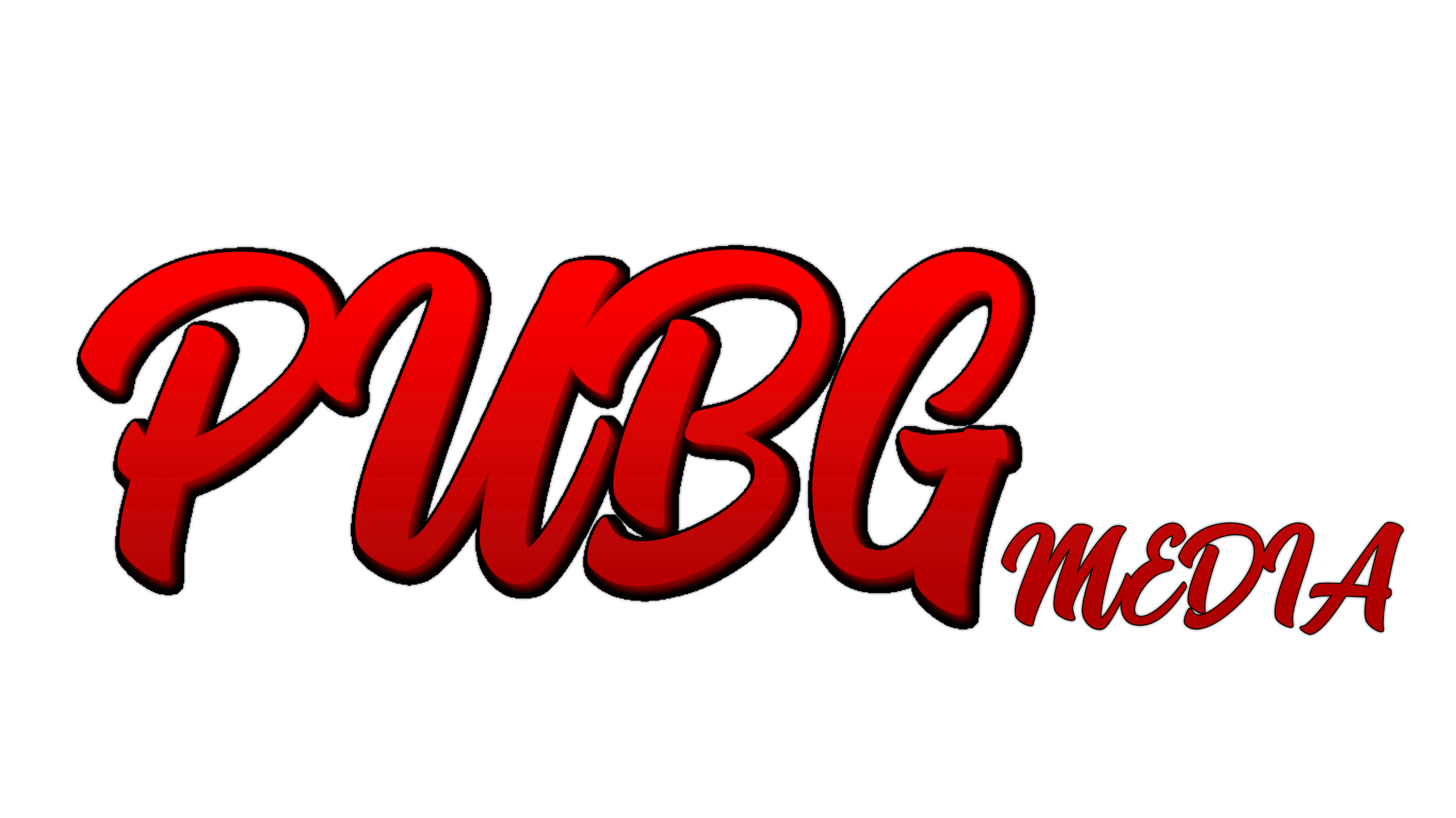Understanding Event Graphics Event graphics encompass a broad range of visual materials designed for use in various types of events, including conferences, trade shows, weddings, and corporate gatherings. These graphics serve as vital communication tools that enhance the overall ambiance while simultaneously conveying essential information to attendees. By incorporating event graphics into the design and …

Understanding Event Graphics
Event graphics encompass a broad range of visual materials designed for use in various types of events, including conferences, trade shows, weddings, and corporate gatherings. These graphics serve as vital communication tools that enhance the overall ambiance while simultaneously conveying essential information to attendees. By incorporating event graphics into the design and layout of an event, organizers can create a cohesive and engaging experience that resonates with participants.
Among the different types of event graphics, banners, backdrops, signage, and promotional materials are particularly noteworthy. Banners can serve as welcoming visuals, guiding participants to the event or specific areas within it. They can be strategically positioned to capture attention and draw the gaze of attendees. On the other hand, backdrops enhance the aesthetic appeal of a space, often featuring branding elements that reinforce an event’s theme while providing a picturesque setting for photographs.
Signage is another critical component of event graphics, offering directional information and promoting safety in venues. Well-designed signs can help streamline the attendee experience by directing foot traffic and highlighting key areas such as registration desks, breakout sessions, or lounges. Promotional materials, including flyers, brochures, and merchandise, not only serve informational purposes but also function as tangible reminders of the event, extending its impact beyond the duration of the gathering.
Effective event graphics have the power to contribute significantly to branding efforts and audience engagement. By carefully crafting visual elements that reflect the event’s goals and values, organizers can enhance brand recall and foster a connection with attendees. Ultimately, the thoughtful integration of various types of event graphics can shape the atmosphere, encouraging participation and leaving a lasting impression on all who attend.
Design Principles for Event Graphics
When creating impactful event graphics, understanding essential design principles is crucial to ensure that the visuals effectively communicate the intended message. One of the foundational elements is color theory. By selecting a color palette that not only resonates with the event’s theme but also evokes the desired emotions, designers can create a strong visual impact. For instance, warm colors may elicit feelings of excitement or warmth, while cool colors often convey calmness or professionalism. It is advisable to consult color psychology to align colors appropriately with the event objectives.
Another significant principle is typography. The choice of typefaces influences readability and audience perception. Selecting fonts that complement the graphics and maintain consistency is vital. Designers should prioritize legibility, especially for event signage or printed materials, where clarity can significantly affect the audience’s engagement. Combining different font styles can create a visual hierarchy, drawing attention to key information such as event titles or dates, thereby enhancing the overall communication of the graphic.
Layout plays an equally important role in effective graphic design. A well-structured layout organizes information logically, guiding the audience’s eye while ensuring that essential elements stand out. A balance between text and imagery creates a harmonious visual narrative, while whitespace can prevent clutter, allowing for easier assimilation of information. Visual hierarchy establishes focal points, emphasizing the most critical details, which encourages the audience to engage with the content more fully.
Moreover, aligning the graphics with the event’s theme and messaging is paramount. Every design choice—from colors to fonts to layouts—should reflect the event’s objectives and ethos. This alignment not only fosters a cohesive look but also enhances brand identity, ensuring a memorable experience for attendees. Ultimately, by adhering to these design principles, event graphics can captivate audiences and create a lasting impact. Each element contributes to a unified presentation that resonates with the audience, reinforcing the event’s purpose and message.
Tools and Resources for Creating Event Graphics
When it comes to designing impactful event graphics, a variety of tools and resources are available to cater to different skill levels and design needs. For those who may not have extensive graphic design experience, user-friendly platforms such as Canva and Adobe Spark offer a wealth of templates, images, and design elements that make it easy to create visually appealing graphics. These tools typically feature drag-and-drop functionality, enabling users to customize templates according to their event’s theme and branding without requiring detailed technical skills.
In contrast, more advanced graphic design software such as Adobe Illustrator and Photoshop allows seasoned designers to create stunning graphics from scratch. These applications provide a greater degree of control over design elements, enabling intricate designs and professional-quality outputs. While they have a steeper learning curve, the investment in time can yield significant rewards in creativity and customization. For critical event branding and high-quality promotions, these advanced tools can significantly impact the overall design quality.
Sourcing images, fonts, and templates is also pivotal for effective event graphics. Websites like Unsplash and Shutterstock provide extensive libraries of high-resolution images that can be licensed for use in various events. Additionally, platforms such as Google Fonts and Adobe Fonts offer a plethora of stylish and accessible typefaces that can enhance the visual identity of the event.
For organizations aiming to manage their design needs in-house, building a basic design toolkit is advisable. Including both user-friendly and advanced software options allows for flexibility depending on project requirements. Furthermore, collaborating with professional graphic designers can elevate the design process, ensuring that the graphics align with industry standards and visual best practices. By leveraging the right tools and resources, event graphics can be transformed from mere visuals to impactful communications, effectively conveying the essence of the event.
Best Practices for Displaying Event Graphics
Effectively displaying event graphics is crucial in creating a visually engaging and memorable experience for attendees. The strategic placement of these graphics can significantly enhance their impact, making it vital to consider various factors. First and foremost, placement is key; graphics should be positioned in high-traffic areas, ensuring maximum visibility. For instance, entrance points, registration desks, and common areas are prime spots to capture the attention of attendees as they move through the venue.
In addition to placement, lighting plays a pivotal role in showcasing event graphics. Proper illumination can highlight key designs, making them stand out while also adding to the overall ambiance of the space. Utilizing adjustable lighting can further enhance visibility, allowing graphics to be showcased effectively at various times of the day or during different segments of the event. It is also beneficial to select graphic materials that react well to lighting conditions, as reflective surfaces or vibrant colors can draw the eye and keep the audience engaged.
Another element to consider is creating photo opportunities through graphics. Incorporating visually striking backdrops or interactive displays can encourage attendees to take pictures, sharing their experiences on social media platforms. This not only boosts engagement but also serves as an organic marketing tool for future events. Moreover, as the event landscape evolves to include virtual components, adapting graphics for online formats is essential. Ensuring that visuals are optimized for screens can enhance their effectiveness across digital platforms, maintaining coherence in branding and messaging.
Strategically displaying event graphics involves thoughtful consideration of placement, lighting, and audience interaction. By adhering to these best practices, event organizers can significantly elevate the experience, creating a lasting impression while ensuring graphics effectively convey the intended message.






